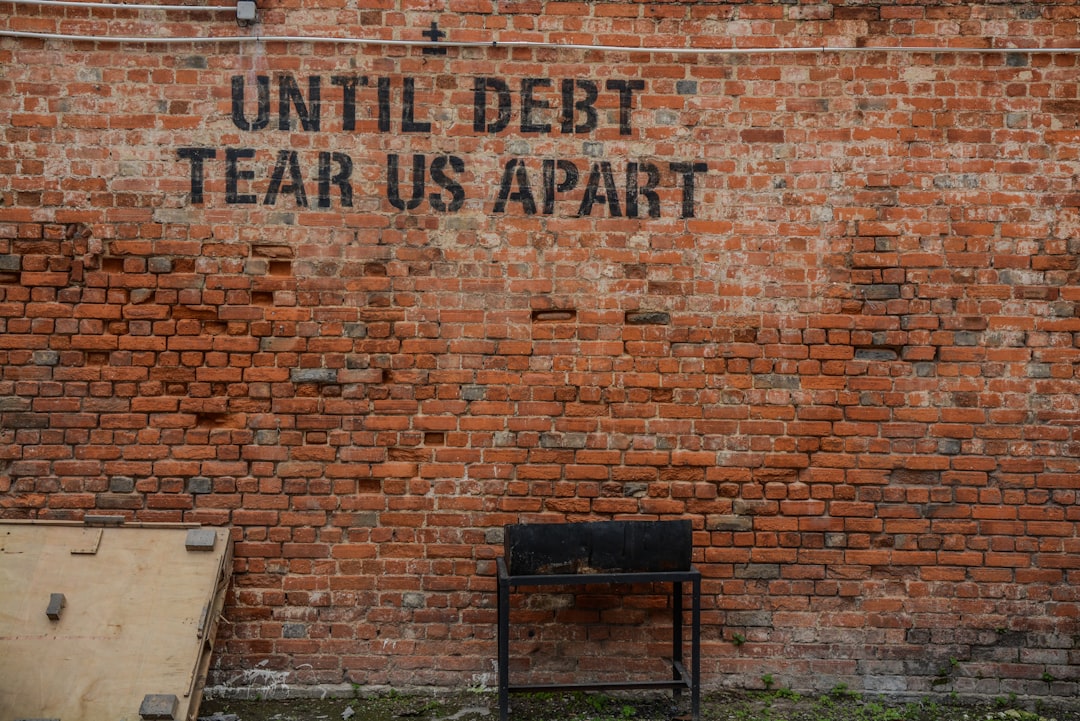Secured and unsecured loans differ in their purpose and risk profile. Secured loans, backed by assets like real estate or vehicles, offer lower rates and flexible terms but carry the risk of asset forfeiture upon default. Unsecured loans, not requiring collateral, provide greater flexibility and accessibility but pose higher risk for lenders, leading to potentially higher interest rates. For Credit Card Debt Consolidation, unsecured loans are often preferred due to their lower risk profile and better repayment conditions, except for borrowers with poor credit or limited income who may need secured loans with higher interest rates.
Unsure about secured vs. unsecured loans? This guide breaks down the key differences, helping you make informed financial decisions. We explore how each type of loan functions, focusing on benefits like lower rates for secured options and flexibility in unsecured lending. Additionally, we delve into risks, particularly for secured loans, and provide insights on using these products effectively, even for credit card debt consolidation.
- Understanding Secured and Unsecured Loans
- How Secured Loans Work
- The Benefits of Unsecured Loans
- Risks Associated with Secured Loans
- Credit Card Debt Consolidation: Choosing Between Secured and Unsecured Loans
Understanding Secured and Unsecured Loans

Secured and unsecured loans are two distinct types of financial instruments that serve different purposes in an individual’s financial journey. Secured loans, as the name suggests, are backed by some form of collateral, such as real estate or valuable assets. This collateral acts as a safety net for the lender, providing them with a degree of security should the borrower default on their payments. As a result, secured loans often come with lower interest rates and more flexible terms compared to unsecured loans.
Unsecured loans, on the other hand, do not require any collateral. Lenders rely solely on the borrower’s creditworthiness and repayment history (or alternative assessment methods) to determine eligibility. While this might make them slightly more risky for lenders, it also provides borrowers with greater flexibility. Unsecured loans are popular choices for various needs, including Credit Card Debt Consolidation, as they offer a straightforward and less restrictive option without the burden of securing assets.
How Secured Loans Work

Secured loans are a type of financing where the borrower offers an asset as collateral to secure the loan. This could be anything from property, vehicles, savings accounts, or even investments. The lender uses this collateral to mitigate the risk of non-repayment. If the borrower fails to make payments, the lender has the legal right to seize and sell the secured asset to recover the outstanding debt, including any interest and fees. This process is known as foreclosure.
One common use of secured loans is for credit card debt consolidation. Individuals with high-interest credit card debt can take out a secured loan, using their assets as collateral, to pay off their cards. This allows them to consolidate multiple debts into one with a potentially lower interest rate, making it easier to manage and saving money in the long run. However, it’s crucial to remember that if the borrower defaults, they risk losing the asset used as collateral.
The Benefits of Unsecured Loans

Unsecured loans offer several advantages, especially for individuals seeking a flexible borrowing option. One significant benefit is their ability to help in credit card debt consolidation. Many people carry credit card debt due to high-interest rates and strict repayment terms. An unsecured loan provides an alternative by offering a lower interest rate and more manageable monthly payments, allowing borrowers to consolidate multiple credit card balances into one single loan with improved terms. This simplifies repayment, reduces the overall interest paid over time, and can significantly ease financial stress.
Additionally, these loans are accessible to a wide range of borrowers since they don’t require any collateral. This means individuals without assets to pledge as security can still gain access to funding for various purposes like home improvements, education, or unexpected expenses. Unsecured loans provide peace of mind, knowing that missing a payment won’t result in the loss of personal belongings, which is a common risk associated with secured loans.
Risks Associated with Secured Loans

Secured loans, while offering potential benefits like lower interest rates and longer repayment terms, come with distinct risks. The primary risk lies in the collateral requirement. If you default on a secured loan, the lender has the legal right to seize and sell the asset used as collateral—this could be your home, car, or even investments. This poses a significant threat, especially for borrowers who use their primary residence as collateral. For instance, if you take out a secured loan to consolidate credit card debt but subsequently lose your job or face an unforeseen medical emergency, making repayment becomes much more challenging. The consequences can include foreclosure or repossession, which can severely impact your financial stability and credit score.
Furthermore, the value of collateral itself is a factor. If you borrow against an asset that loses value over time, like real estate in a declining market, you might find yourself owing more than the asset’s current worth, creating additional financial strain. This risk emphasizes the importance of careful consideration when deciding to secure a loan, ensuring you fully understand the potential outcomes and have a solid plan for repayment.
Credit Card Debt Consolidation: Choosing Between Secured and Unsecured Loans

When considering credit card debt consolidation, understanding the difference between secured and unsecured loans is crucial. Secured loans are backed by a form of collateral, typically your home or vehicle. This acts as a safety net for the lender in case you default on the loan. Unsecured loans, on the other hand, do not require any collateral. They rely solely on your creditworthiness and ability to repay.
For credit card debt consolidation, unsecured loans are often more appealing due to their lower risk profile. Lenders bear less risk because they don’t have a physical asset to seize in case of non-payment. This can result in more favorable interest rates and terms for borrowers. However, if you have poor credit or limited income, securing a loan might be necessary, though it could come with higher interest rates due to the added risk for the lender.
When considering credit card debt consolidation, understanding the nuances between secured and unsecured loans is key. Secured loans offer benefits like lower interest rates and fixed terms but carry the risk of asset forfeiture if you default. Unsecured loans, while more flexible with no collateral, typically have higher interest rates and variables terms. Based on your financial situation and risk tolerance, choose wisely to ensure the best outcome for your debt relief journey.
